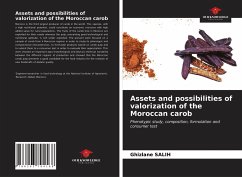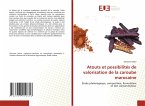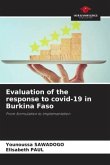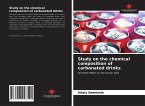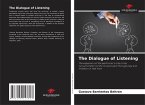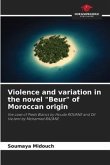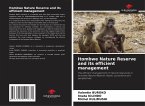Morocco is the third largest producer of carob in the world. This species, with a high nutritional potential, could constitute an economic resource with high added value for rural populations. The fruits of the carob tree in Morocco are exploited for their seeds whereas the pulp, presenting good technological and nutritional aptitude, is still under exploited. The present work focused on a sample of carob from 4 Moroccan regions in order to study its phenotypic and compositional characteristics, to formulate products based on carob pulp and to submit them to a consumer test in order to evaluate their appreciation. This work showed an important agro-morphological and physico-chemical variability between the different regions of production and showed that the Moroccan carob pulp presents a good candidate for the food industry for the creation of new foodstuffs of dietetic quality.
Bitte wählen Sie Ihr Anliegen aus.
Rechnungen
Retourenschein anfordern
Bestellstatus
Storno

